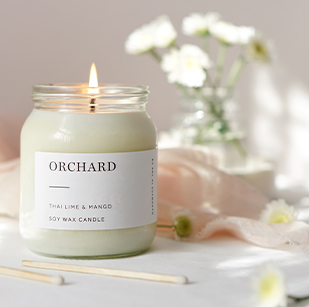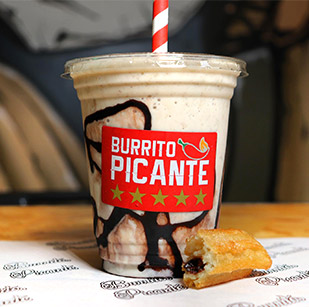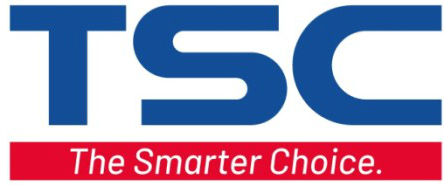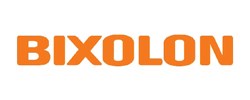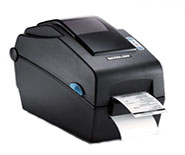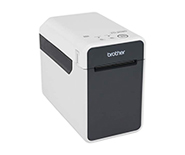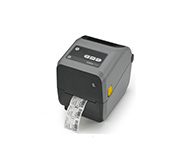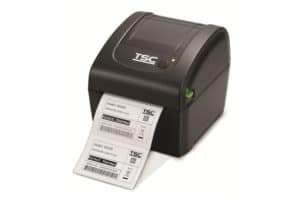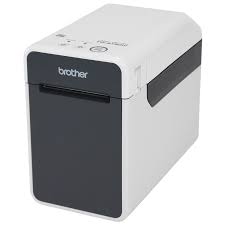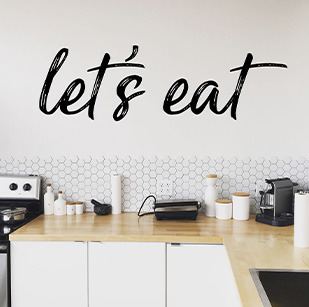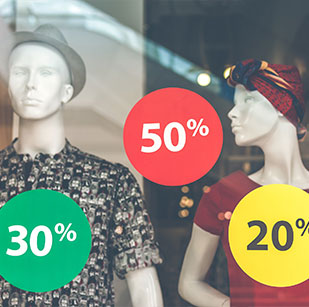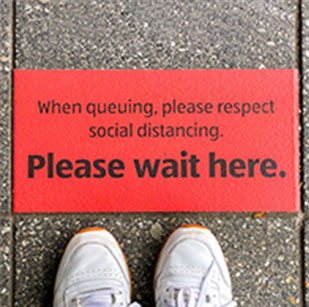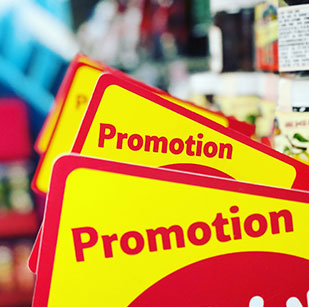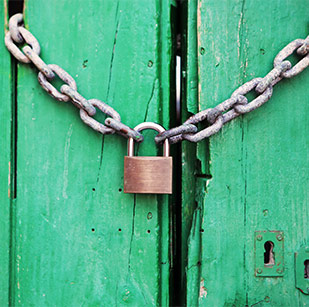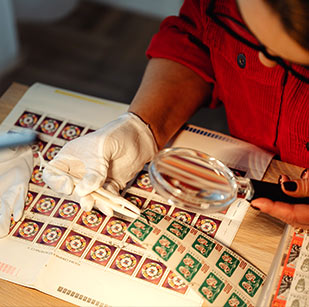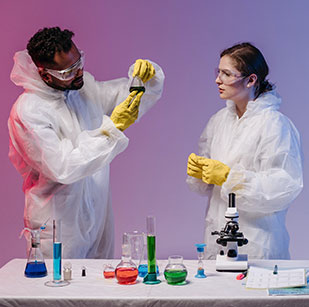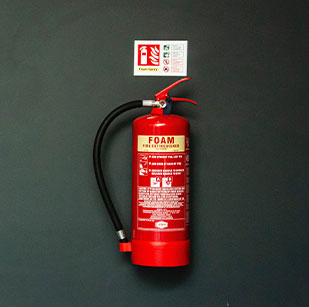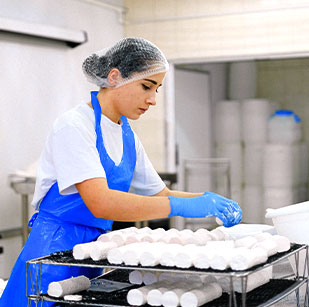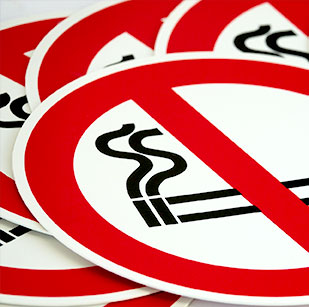If you've ever tried to remove an old sticker or label, you know the frustrating challenge of dealing with difficult adhesive remnants. Our permanent adhesive labels can be tricky to remove, but the glue is designed to remain stuck! Before scraping away at the label residue with a sharp object, start with these safe and effective removal methods without causing harm.
From household pantry items like oil and vinegar to commercial products specifically designed to dissolve adhesives, this guide covers multiple techniques to return surfaces to their pre-label condition. Whether tackling plastic, glass or wood, you'll find the ideal solution for how-to-remove adhesive residue without damaging what's underneath.
Plastic Scraper
Plastic pan scrapers, or even the side of an old plastic credit card, offer a little more protection than metal scrapers, making them a great option for removing sticker residue from sturdy surfaces such as plastic. Carefully use a plastic scraper, such as the edge of an old gift card or the blade of a plastic knife, to scrape the adhesive without causing scratches. This works well to get sticker residue off plastic or glass surfaces, and you can easily clean the plastic scraper once you are done!
Hot Soapy Water
Add a few drops of washing-up liquid into a sink or container full of hot water and leave the item with the sticky residue on to soak for an hour, or until the residue softens. The hot water will slowly melt the glue and make it easier to scrub off the remains with a dishcloth. For any awkward glue, repeat the process, or use a plastic scraper.
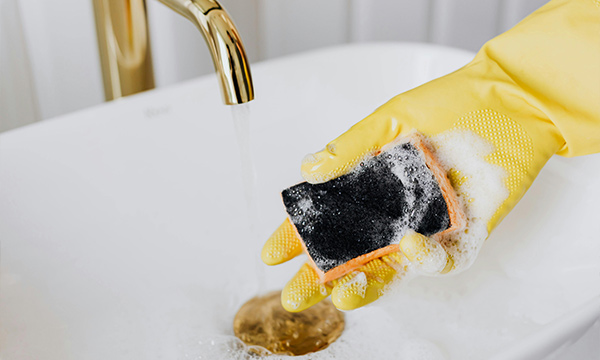
Hairdryer
Using a hairdryer to apply heat to an area uses a similar technique to hot water - softening the glue before removing it. Aim a hair dryer at the sticker residue, turn it on, and allow the hot air to loosen the adhesive. Scrape gently to remove once the residue has been heated. The benefit of using a hairdryer over hot water is that it works on larger items that may not fit into a sink, such as a mirror or piece of furniture like a wooden dresser.
Rubbing Alcohol or Vodka
Rubbing alcohol and vodka are popular methods for removing sticker residue because they break down the components in the glue. Rubbing alcohol is an effective solvent that's safe for most plastic, wood, and glass surfaces. Vodka is a good substitute. To remove sticker residue with rubbing alcohol, apply it to a cloth until wet and rub the residue away. For stubborn stickers, hold an alcohol-soaked cloth over the area for a couple of minutes. Use the cloth to wipe away what's left behind.
Peanut Butter and Cooking Oils
Peanut butter can be an effective solution for removing sticker residue from various surfaces like wood, glass, or plastic. The oils in peanut butter help to soften and dissolve the sticky adhesive.Simply dab some peanut butter onto the gummy area and let it sit for a few minutes. Once the residue has softened, use a clean cloth to lift off the peanut butter and the dissolved adhesive. It doesn't seem to matter what type of peanut butter is used, so inexpensive varieties can work just as well. Please exercise caution using this method given it may trigger nut allergies.
The oil component of Peanut Butter is present in many other cooking oils. Oils like olive, canola, or sunflower oil can be dabbed onto a paper towel and then laid over the residue. Do mind when using cooking oils, as they can potentially stain absorbent materials like clothing. Test a small, inconspicuous area first to ensure the oil won't leave a stain before proceeding.
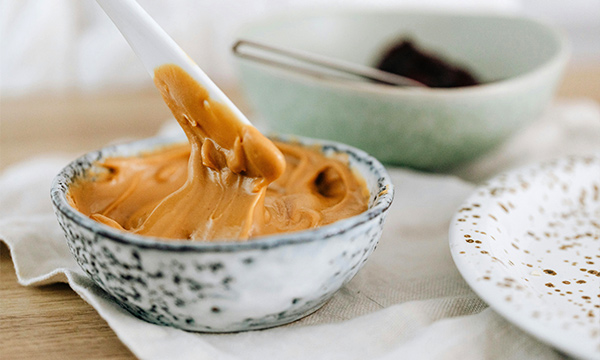
White Vinegar
White vinegar is a versatile natural solution that can tackle sticker residue effectively. As with many of the other methods, a few minutes of a soaked cloth over the sticky area should shift any leftover glue proving difficult to remove. Once the adhesive has softened, wipe or scrape away the residue using the cloth or a plastic scraper.
Commercial Products and Tips
Commercial cleaners are sold specifically for removing sticker residue. You should always follow the manufacturer's directions, but they'll usually work by applying the product to the affected area, letting it sit for a certain period, and then scrubbing it away with a cloth.
WD-40 is a versatile, multi-use lubricant spray that can also remove sticker residue.. This petroleum-based lubricant can be used on metal, plastic, glass, ceramics and even wood. However, avoid applying WD-40 on paper, clothes, upholstery or painted walls, as it can leave stains or greasy marks.
Things To Consider When Removing Sticker Residue
It is crucial to test any method or product on a small, inconspicuous area first and use caution to avoid damaging delicate surfaces or textiles. Each method listed here comes with pros and cons. Remember when using a commercial adhesive remover to always check the label for instructions on how and where to use them safely as every formula is slightly different.
Stickers can be removed from various surfaces – the key to successful removal without damaging your personal items is choosing the right method for the material you're working with. For instance, because labels used in a kitchen environment where food products are prepared and stored should not involve harsh chemicals like nail polish remover (acetone) or WD-40, it is advisable to use dissolvable label materials or those with removable adhesives instead.
However, it's important to remember that the best way to avoid sticky situations altogether is by being proactive and purchasing the right adhesive for your specific application. Removable and specialist adhesives can save you the hassle of dealing with stubborn residue in the future. Search for sheet or roll labels by adhesive to find the perfect solution for your needs, and prevent the need for extensive cleanup later on.
We offer a free sample service so you can ‘try before you buy’ and avoid any label either not sticking or bonding too well to your intended surface. Should you need any further assistance, the team is on hand over the phone to 01733 646290, via email to info@flexilabels.co.uk or through our web chat service, Monday to Thursday, 8:30am - 5:30pm.


